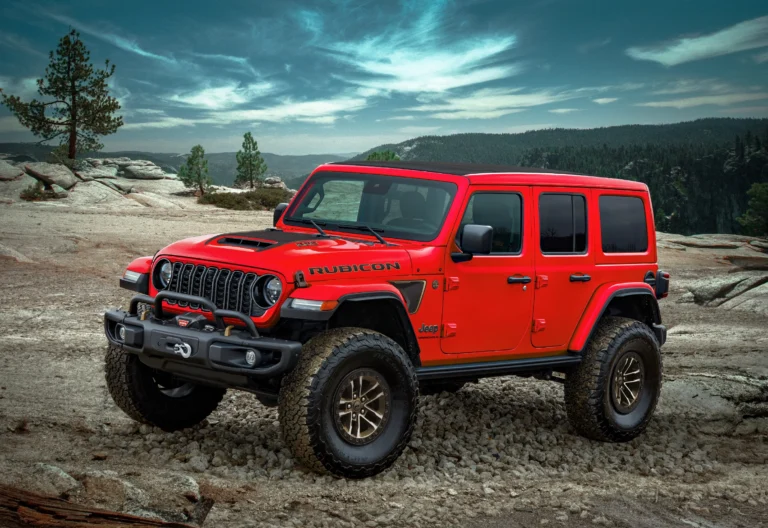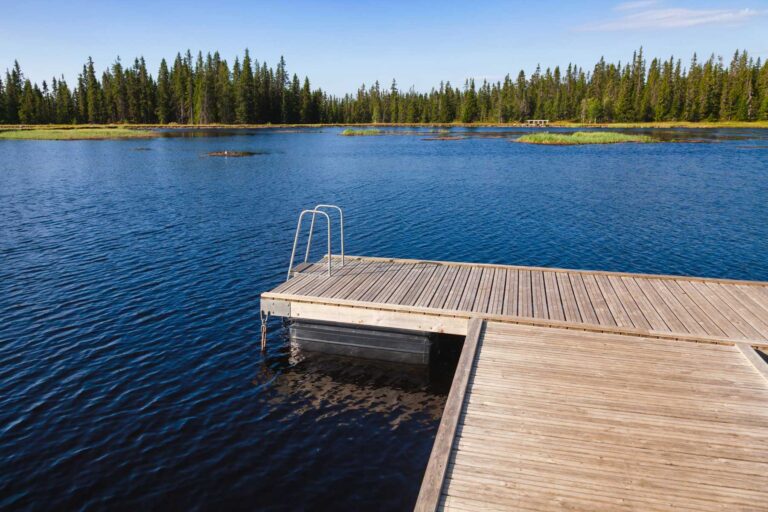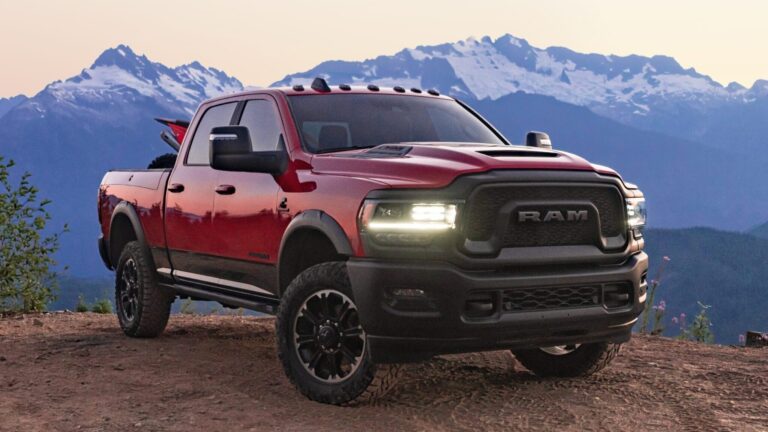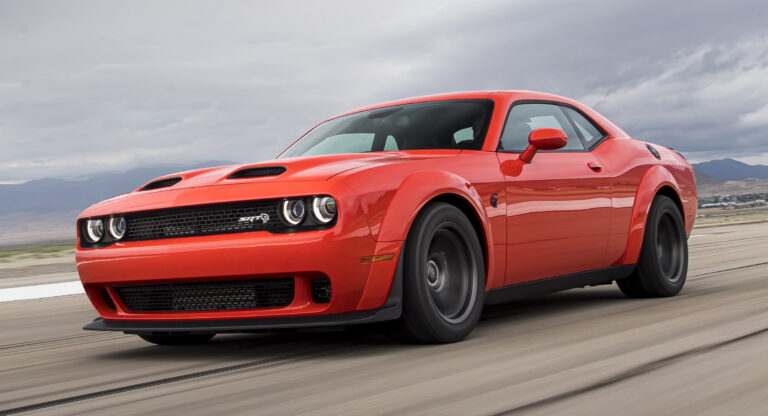Ford Ranger Truck Cap Measurements And Dimensions: A Comprehensive Guide to the Perfect Fit
Ford Ranger Truck Cap Measurements And Dimensions: A Comprehensive Guide to the Perfect Fit cars.truckstrend.com
The Ford Ranger, a stalwart in the mid-size truck segment, offers a compelling blend of utility, capability, and maneuverability. For many owners, however, the open bed, while versatile, leaves valuable cargo exposed to the elements, theft, or simply the curious gaze of passersby. This is where a truck cap, also known as a truck topper or camper shell, comes into play, transforming your Ranger’s bed into a secure, weatherproof, and often more aerodynamic storage compartment.
However, purchasing a truck cap isn’t a one-size-fits-all endeavor. The success of this upgrade hinges entirely on understanding Ford Ranger Truck Cap Measurements And Dimensions. A perfect fit ensures optimal aesthetics, reliable weather sealing, enhanced security, and the full utilization of your truck’s cargo potential. An ill-fitting cap, on the other hand, can lead to leaks, rattles, reduced security, and a visually unappealing appearance, undermining the very purpose of your investment. This guide will delve into every critical aspect of Ranger truck cap measurements, helping you navigate the complexities and make an informed decision.
Ford Ranger Truck Cap Measurements And Dimensions: A Comprehensive Guide to the Perfect Fit
Understanding Ford Ranger Bed Dimensions: The Foundation
Before even considering cap dimensions, it’s paramount to grasp the precise dimensions of your Ford Ranger’s truck bed. Ford has produced multiple generations of the Ranger, both for the North American market and globally, and each generation (and sometimes even specific cab configurations within a generation) can have distinct bed lengths and widths. This is the single most critical factor in determining cap compatibility.
The primary measurement for a truck cap is its length, which must precisely match your truck’s bed length. Common bed lengths for Ford Rangers include:
- 5-foot beds: Typically found on crew cab (SuperCrew) models, especially in newer generations (e.g., 2019+ US Ranger, Global T6/PX Double Cab).
- 6-foot beds: More common on extended cab (SuperCab) or regular cab models across various generations. This was the standard for many older US Rangers.
- 7-foot beds: Less common, but available on some older regular cab long-bed configurations.
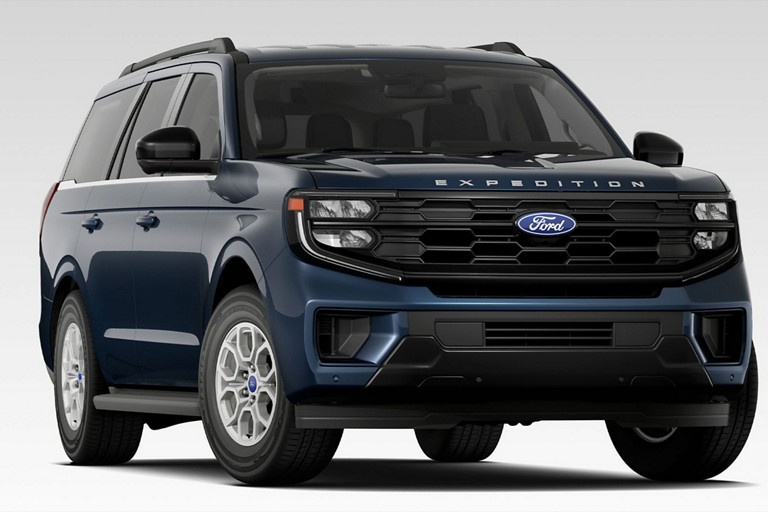
While the length is paramount, the width and rail design of the bed are equally critical. The cap sits directly on the bed rails, and their width, contour, and any factory-installed rail caps or liners will influence the cap’s fit and seal. Newer Rangers, for instance, often have wider, more sculpted bed rails compared to their predecessors.
Key Truck Cap Measurements: What to Look For
Once you’ve identified your Ranger’s bed dimensions, you can start looking at the specific measurements of truck caps. These generally include:
- Length (External): This is the most crucial measurement, designed to match your truck’s bed length from the bulkhead (front of the bed) to the tailgate (when closed). A cap that is too long will overhang, and one that is too short will leave a gap.
- Width (External): This measurement refers to the overall width of the cap at its widest point, designed to sit snugly on your truck’s bed rails. It must account for any slight tapering of the bed rails from front to back.
- Height (Internal & External):
- External Height: How tall the cap is from the bed rails to its highest point. This determines the overall profile.
- Internal Height: The usable vertical space inside the cap, from the bed floor to the cap’s roof. This is critical for fitting taller items.
- Types of Height Profiles:
- Cab-High: Designed to match the height of your Ranger’s cab, offering a sleek, integrated look. Provides good cargo protection but limited vertical space.
- Mid-Rise: Slightly taller than the cab, typically adding 2-6 inches of additional vertical clearance. A popular compromise, offering more volume without significantly impacting aerodynamics or aesthetics.
- High-Rise (or Commercial/Workman): Significantly taller, maximizing internal cargo volume. Often used for work trucks or recreational vehicles requiring maximum space. May impact aerodynamics and fuel efficiency more.
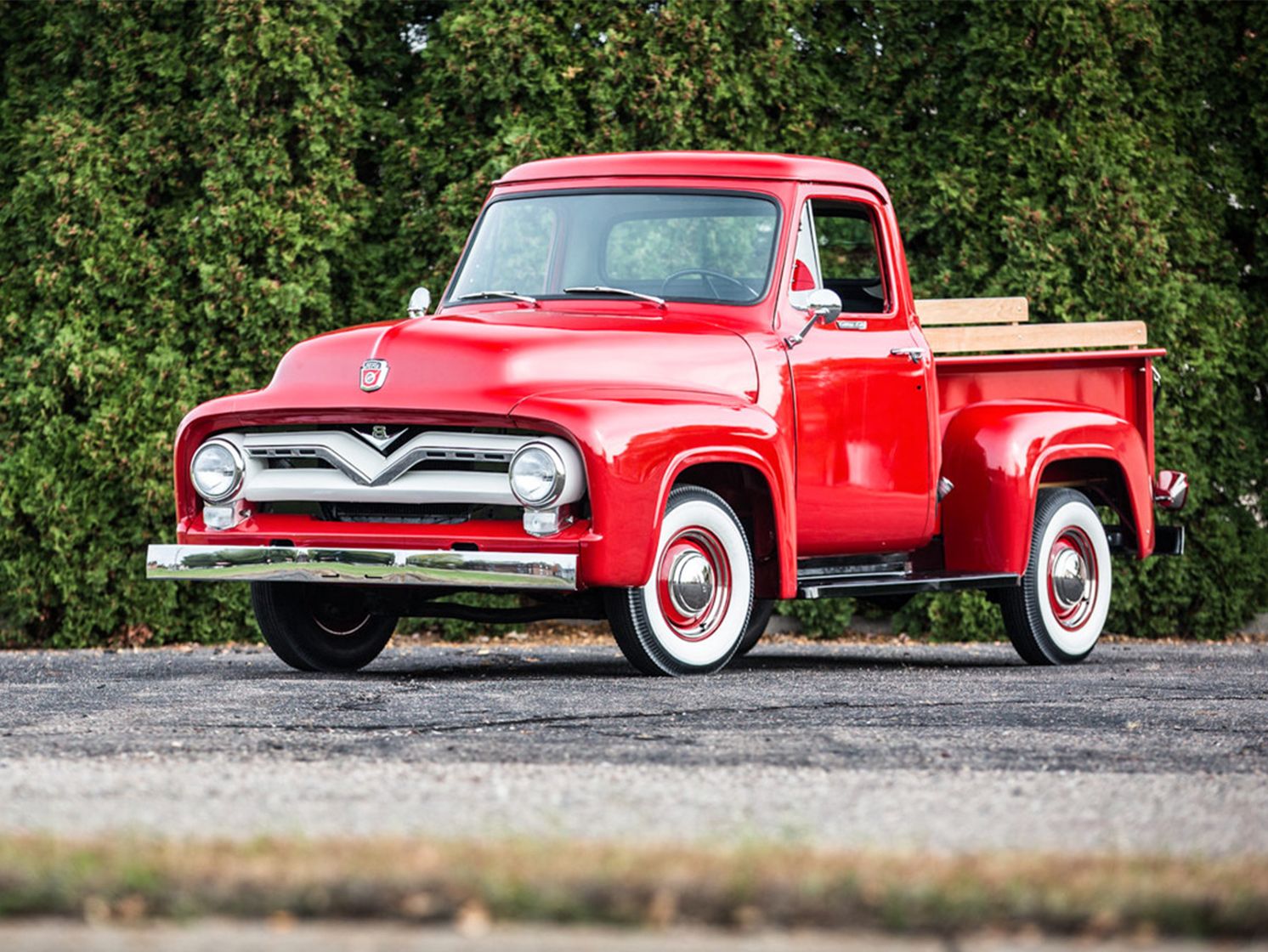
- Weight: While not a "measurement" in the traditional sense, the cap’s weight is an important dimension to consider. Truck caps typically range from 150 to 250 pounds (or more for heavy-duty commercial models). This weight adds to your truck’s payload, which can affect suspension performance and fuel economy. Materials like fiberglass are common, offering a good balance of strength and weight, while aluminum caps tend to be lighter.
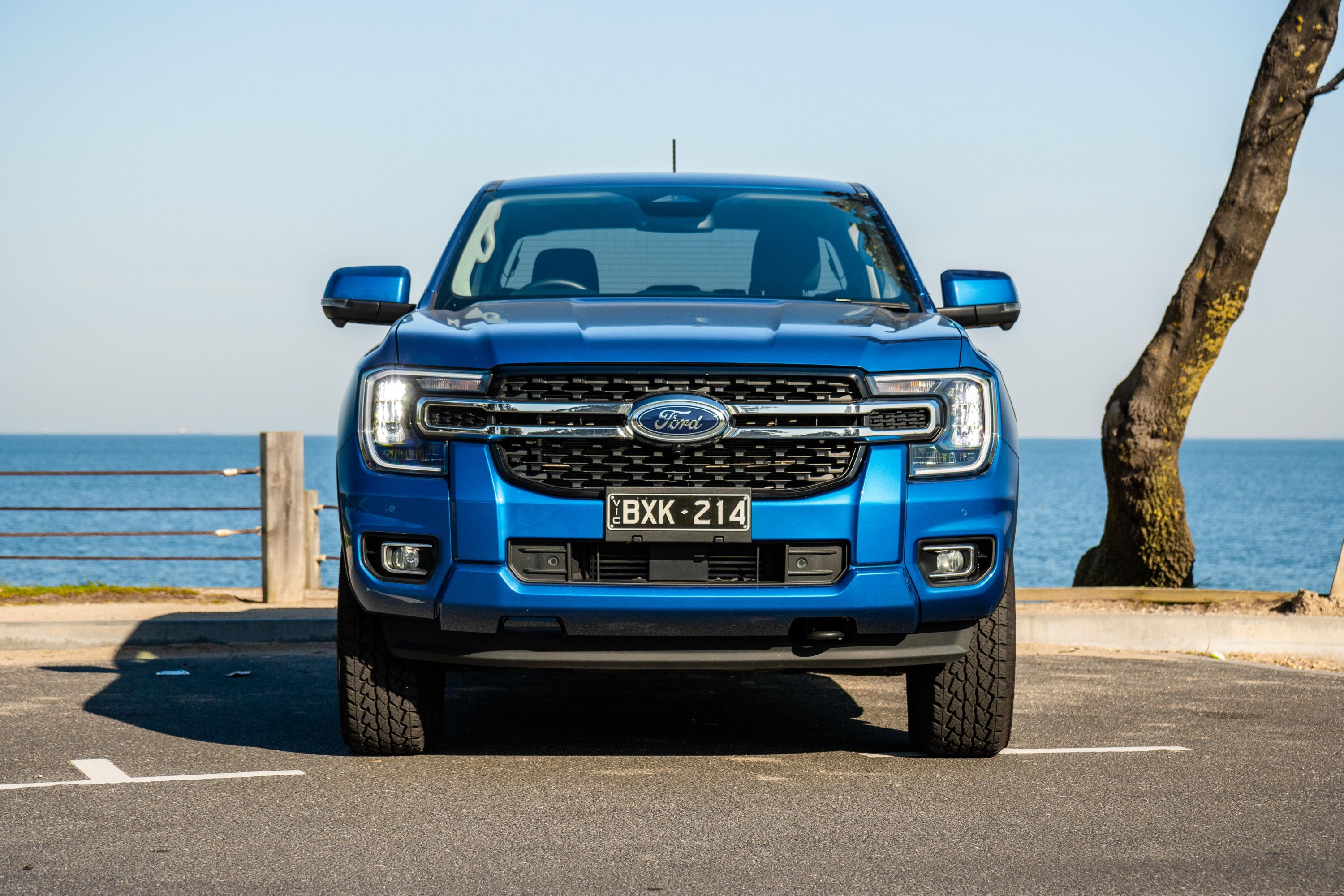
Generational Differences: Why Year Matters
The Ford Ranger’s evolution means that a cap designed for one generation almost certainly won’t fit another. Understanding these generational shifts is vital:
- 1st Generation (US: 1983-1992): These early Rangers had distinct bed dimensions and rail designs. Caps for these are now rare and often require custom fabrication or finding very old stock.
- 2nd Generation (US: 1993-2011): This was the longest-running US Ranger generation. While the general 6-foot bed length remained common, there were subtle changes in bed rail caps and tailgate designs over the years that could affect a cap’s seal. Always verify the exact year.
- 3rd Generation (Global T6/PX: 2011-2022): This "global" Ranger was sold outside North America for many years before its reintroduction to the US. It features a wider, more robust bed and different body lines. Caps for these models are specific to the T6 platform.
- 4th Generation (US: 2019-2023): When the Ranger returned to the US market, it was based on the global T6 platform but with some US-specific modifications. Caps for this generation are distinct from the older US Rangers and the earlier global T6 models due to specific bed rail and tailgate contours.
- 5th Generation (Global P703: 2022+; US: 2024+): The latest iteration of the Ranger introduces a new platform and updated bed dimensions. Caps for these models will be entirely new designs to ensure a proper fit.
Actionable Insight: Never assume a cap will fit just because it’s for a "Ford Ranger." Always confirm the exact model year and, if applicable, the specific cab configuration (e.g., SuperCrew, SuperCab) to ensure compatibility. Providing your VIN to a cap dealer is the best way to ensure an accurate fit.
How to Measure Your Ford Ranger Bed for a Truck Cap
While cap manufacturers provide specific dimensions for their products, the most reliable approach is to measure your truck’s bed yourself. This eliminates guesswork and accounts for any aftermarket bed liners or rail caps you might have installed.
Step-by-Step Guide:
- Clear the Bed: Remove any cargo, tools, or bed mats that might obstruct your measurements.
- Measure Bed Length:
- Use a sturdy tape measure (preferably a metal one that won’t sag).
- Measure from the inside of the bulkhead (the front wall of the truck bed, closest to the cab) to the inside of the tailgate (when fully closed and latched).
- Measure along the center of the bed floor, then repeat the measurement along the top of the bed rails to check for consistency or slight differences. Note both.
- For a cap, the measurement at the top of the bed rails is usually most critical, as this is where the cap will sit.
- Measure Bed Width:
- Measure the width across the top of the bed rails at three points: near the bulkhead, in the middle of the bed, and near the tailgate. This helps account for any slight taper.
- Note the widest and narrowest points. The cap needs to fit both.
- Also, consider the width between the inner wheel wells if you plan to carry very wide items inside the cap that might sit below the bed rails.
- Check Bed Rail Design: Observe the profile of your bed rails. Are they flat, rounded, or do they have integrated plastic caps? This affects how the cap’s seal will sit. If you have an aftermarket drop-in bed liner or rail caps, measure with them in place, as they can alter the effective dimensions.
- Document Everything: Write down all your measurements clearly, noting units (inches or millimeters) and the specific locations where measurements were taken. Take photos of your bed and rails if you plan to discuss with a dealer.
Important Considerations Beyond Basic Dimensions
Beyond the fundamental measurements, several other factors influence your truck cap choice:
- Bed Liners and Rail Caps: Drop-in bed liners can slightly raise the bed floor and alter the internal bed dimensions. Factory or aftermarket bed rail caps can add a small amount of height or width to the bed rails, which a cap must clear or seal against. Spray-in liners typically have minimal impact on dimensions.
- Tailgate Design: Modern Ranger tailgates often have complex contours, cameras, and even step features. Truck caps are designed with specific cutouts and sealing mechanisms to integrate seamlessly with these designs.
- Accessory Compatibility: If you plan to add roof racks, interior storage systems, or other accessories, ensure the cap’s dimensions (especially internal height and roof strength) can accommodate them.
- Material: Fiberglass caps are popular for their smooth finish and paint-matching capabilities. Aluminum caps are lighter and often more rugged, popular for commercial use. Consider the weight and durability based on your needs.
- Installation: Proper installation is crucial for a watertight seal and security. While some DIY enthusiasts install caps, professional installation ensures correct alignment, clamping, and sealing, especially for more complex caps with wiring for lights or power locks.
Types of Truck Caps and Their Dimension Implications
The chosen cap style directly correlates with its dimensions and functionality:
- Cab-High Caps: These are the most common, designed to be flush with the top of your Ranger’s cab. They offer a sleek, factory-like appearance and maintain good aerodynamics. Their primary dimension implication is limited vertical cargo space.
- Mid-Rise Caps: Offering a slight elevation (typically 2-6 inches) above the cab, mid-rise caps provide a noticeable increase in cargo volume without looking disproportionately tall. They strike a balance between aesthetics, aerodynamics, and utility.
- High-Rise/Commercial Caps: These caps are significantly taller than the cab, maximizing internal volume for tools, equipment, or camping gear. Their increased height will impact aerodynamics and potentially fuel efficiency, but they offer unparalleled storage capacity, often with side access doors and heavy-duty construction.
Common Ford Ranger Bed & Compatible Cap Dimensions (Examples)
The following table provides approximate and nominal dimensions for various Ford Ranger generations. It’s crucial to understand that actual cap dimensions vary by manufacturer, and these figures are for general guidance on the bed sizes that caps are designed to fit.
| Ranger Generation/Year Range | Common Bed Length (Nominal) | Approx. Bed Length (Internal, Rail Top) | Approx. Bed Width (Rail-to-Rail) | Common Cap Styles | Key Considerations |
|---|---|---|---|---|---|
| 1st Gen (US) (1983-1992) | 6 ft (SuperCab/Reg Cab) | ~72.6 in (1844 mm) | ~59.5 in (1511 mm) | Cab-High, Mid-Rise | Older, less common, often requires custom or vintage caps. |
| 7 ft (Reg Cab Long Bed) | ~84.6 in (2149 mm) | ~59.5 in (1511 mm) | Cab-High | Very rare, specialized fit. | |
| 2nd Gen (US) (1993-2011) | 6 ft (SuperCab/Reg Cab) | ~72.6 in (1844 mm) | ~58.5-59.5 in (1486-1511 mm) | Cab-High, Mid-Rise | Widely available aftermarket caps. Slight variations in rail design over the years. |
| 7 ft (Reg Cab Long Bed) | ~84.6 in (2149 mm) | ~58.5-59.5 in (1486-1511 mm) | Cab-High | Less common, but options exist from some manufacturers. | |
| 3rd Gen (Global T6/PX) (2011-2022) | 5 ft (Double Cab) | ~60.1 in (1530 mm) | ~61.4 in (1560 mm) | Cab-High, Mid-Rise, High-Rise | Wider bed, specific cap fit for global market. Often different from US 2019+ models. |
| 6 ft (SuperCab/Single Cab) | ~70.9 in (1800 mm) | ~61.4 in (1560 mm) | Cab-High, Mid-Rise, High-Rise | Common for commercial use in global markets. | |
| 4th Gen (US) (2019-2023) | 5 ft (SuperCrew) | ~61.0 in (1549 mm) | ~61.4 in (1560 mm) | Cab-High, Mid-Rise | Specific fit for the re-introduced US model. |
| 6 ft (SuperCab) | ~72.8 in (1849 mm) | ~61.4 in (1560 mm) | Cab-High, Mid-Rise | Less common in US, but available options exist. | |
| 5th Gen (Global P703) (2022+) | 5 ft (Double Cab) | ~60.1 in (1530 mm) | ~61.4 in (1560 mm) | Cab-High, Mid-Rise, High-Rise | Latest global design, new cap molds required. |
| 5th Gen (US P703) (2024+) | 5 ft (SuperCrew) | ~60.1 in (1530 mm) | ~61.4 in (1560 mm) | Cab-High, Mid-Rise | Brand new US model, cap manufacturers will release specific fits as market develops. |
Disclaimer: These dimensions are approximate and nominal. Ford’s specifications can vary slightly by model year and exact trim. Always verify with your specific truck’s VIN and consult directly with truck cap manufacturers or authorized dealers for precise compatibility. Bed liners, rail caps, and other accessories can alter effective dimensions.
Practical Advice and Actionable Insights
- Measure Your Own Truck: Do not rely solely on online specifications or general knowledge. The single most crucial step is to accurately measure your specific Ford Ranger’s bed.
- Verify with the Manufacturer/Dealer: Once you have your measurements, provide them along with your truck’s VIN (Vehicle Identification Number) to a reputable truck cap dealer or directly to the manufacturer. They have databases of precise fitment data.
- Consider Future Needs: Think about what you’ll primarily use the cap for. Do you need maximum vertical space for camping, or is a sleek, cab-high look more important for daily driving? This will dictate the optimal height profile.
- Factor in Installation: While many caps can be installed by an experienced DIYer, professional installation ensures a watertight seal, proper wiring (for lights, power locks), and correct clamping, which is vital for security and longevity.
- Used Caps are Risky: While tempting for cost savings, buying a used cap without precise knowledge of its original truck’s dimensions and your Ranger’s exact fit is highly risky. Even a slight discrepancy can lead to leaks and poor aesthetics.
Frequently Asked Questions (FAQ)
Q: Can a cap from an older Ford Ranger fit a newer one?
A: Almost certainly not. Due to significant changes in bed dimensions, rail designs, and tailgate contours across generations, a cap from an older Ranger will not properly fit a newer one, and vice-versa.
Q: Do all 6-foot beds have the same dimensions, even across different truck brands?
A: Absolutely not. A "6-foot bed" is a nominal length. The actual internal length, width, rail design, and tailgate shape vary significantly between manufacturers and even within different models or generations of the same brand.
Q: How do I know if a used cap will fit my Ranger?
A: The only way to know for sure is to measure the used cap’s internal dimensions (length, width, and height at the base) and compare them meticulously to your Ranger’s bed dimensions. Even then, subtle differences in rail contour or tailgate design can prevent a proper seal. It’s generally not recommended unless the cap came off an identical year, make, and model of your truck.
Q: What if my bed has a spray-in or drop-in liner?
A: A spray-in liner typically has a negligible impact on dimensions. A drop-in liner, however, can slightly alter the internal width and length, and more importantly, it can change the profile of the bed rails where the cap sits. Always measure with your liner in place, and inform the cap dealer about it. Some caps might require minor modifications or specific sealing strips to accommodate certain drop-in liners.
Q: Does the cap’s weight affect my truck’s performance or fuel economy?
A: Yes, adding a truck cap (typically 150-250 lbs) adds to your truck’s payload. This can slightly impact fuel economy (due to increased weight and potentially altered aerodynamics, especially with high-rise caps) and may cause a subtle sag in the rear suspension, especially if you frequently carry heavy loads.
Q: Is DIY installation recommended for truck caps?
A: For basic, non-wired caps, a capable DIYer can often install one. However, professional installation is highly recommended to ensure proper alignment, a watertight seal, correct electrical connections for interior lights or power locks, and secure clamping. An improper seal can lead to water leaks and cargo damage.
Conclusion
Choosing the right truck cap for your Ford Ranger is a significant decision that enhances your truck’s utility, security, and aesthetic appeal. The cornerstone of this choice lies in a thorough understanding of Ford Ranger Truck Cap Measurements And Dimensions. By meticulously measuring your specific truck bed, understanding the nuances of generational differences, and considering the various cap styles and their dimensional implications, you empower yourself to make an informed purchase.
Remember, precision is paramount. A well-fitting cap is an investment that seamlessly integrates with your Ranger, offering years of reliable service and protection for your valuable cargo. Don’t compromise on measurements; it’s the key to unlocking the full potential of your Ford Ranger with its perfect truck cap companion.

